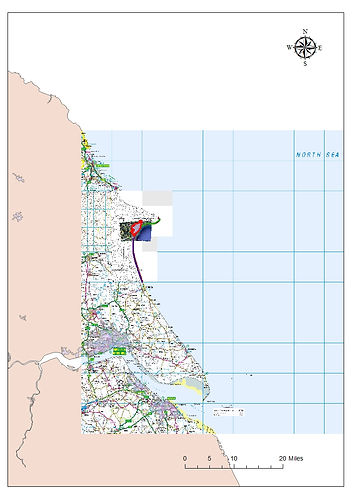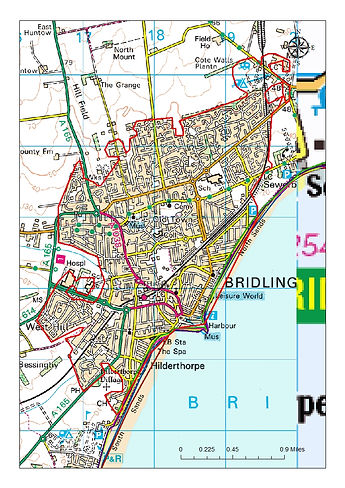
Erosion of the Holderness coastline
By Jennifer Winnard-Sivill

Conclusion
The Holderness coastline has retreated at a rate of 1 to 2 metres every years making it the fastest eroding coastline in Europe. Erosion has increased since 1991 when rock groynes were constructed in Mappleton near Flamborough cliff as sediment was controlled by the groynes not allowing sediment to move along the Coastline, accelerating erosion. The coastline has erode by an average of 120 metres in 170 years and is predicted to erode by another 20-30 years by 2050. With the erosion of land hundreds of people become vulnerable to erosion with the loss of homes, buildings and farmland becoming evident. The population along the coastline has decreased due to erosion and the loss of houses and will further do so with erosion. The population are moving further inland or migrating out of the area. The local council has decided to put no management techniques in places due to expense and low value. Over time the groynes will be demolished to allow sediment to drift along the coastline and decrease erosion around the groynes. Erosion is left to take its course along the Holderness coastline retreating land further and further.

Figure to show the overall remote sensing and GIS methods to display the erosion of the Holderness coastline.

Figure to present the coastline over time as it retreats from 1846 to the predicted coastline in 2050.